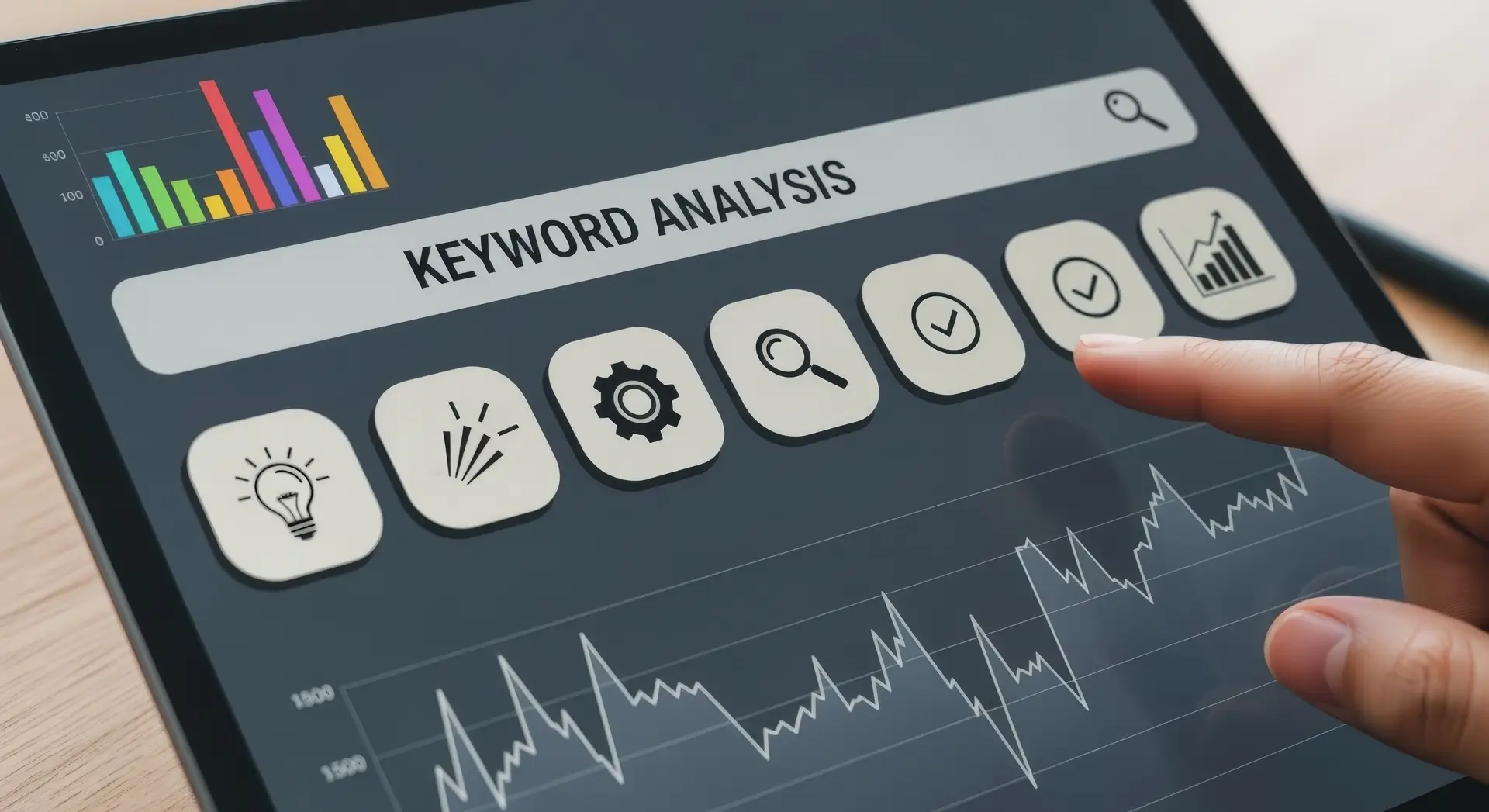An SEO optimization score is a numerical value that reflects how well a webpage follows current search engine optimization practices. It considers on-page and off-page factors, technical SEO, content quality, and user experience. A higher score often means better chances of ranking higher in Google and Bing search results.
This guide will explain how this score is calculated, why it’s important, and how to raise your score on platforms like Shopify, Wix, and WordPress. Using practical methods backed by expert tools.
If your website’s SEO optimization score is below 80, it’s time to act. Work with a trusted Professional SEO service to run a full audit and implement necessary changes. Your competition is improving—shouldn’t you?
Why SEO Optimization Score Matters
Improving your SEO optimization score isn’t just about pleasing search engines. It’s about making your content easier to find, understand, and engage with for your target audience.
1. A high SEO score helps you:
- Rank higher on Google and Bing
- Attract more qualified traffic
- Improve conversion rates
- Build trust with users and search engines
According to SEMRush, even a 10-point increase in SEO score can significantly enhance visibility and click-through rates.
How Is SEO Optimization Score Calculated?
Different tools may use slightly different formulas, but most SEO scores are based on:
- Page load speed
- Keyword usage and placement
- Meta tags and structured data
- Internal and external linking
- Mobile responsiveness
- Content quality and relevance
- Security (HTTPS)
Key Elements That Influence SEO Score
1. Content Relevance and Quality
Content should answer user intent. Use natural language, include target keywords (like seo optimization score, shopify seo optimization, and website seo optimization), and focus on clarity.
Tips:
- Write for people, not robots
- Keep paragraphs short
- Include semantically related terms
2. Technical SEO
Ensure your website is fast, responsive, and secure.
Checklist:
- Use HTTPS
- Minify CSS and JavaScript
- Optimize images for faster loading
- Make your site mobile-friendly
3. On-Page SEO Factors
Your title tags, meta descriptions, headings, and internal links all affect your score.
Suggestions:
- Include your target keyword in the H1 and H2 tags
- Use descriptive, accurate meta-descriptions
- Add internal links to relevant services like Professional SEO service
4. Backlinks and Domain Authority
Search engines trust websites with quality inbound links.
Approach:
- Guest post on reputable sites
- Get listed in relevant directories
- Use tools to audit and remove toxic backlinks
SEO Optimization for Specific Platforms
1. Shopify SEO Optimization
If you run an online store. Your Shopify SEO optimization must include product page enhancements. Also clean URLs, and schema markup.
Strategies:
- Optimize product titles with keywords
- Use alt text for all images
- Install Shopify SEO plugins
- Link internally to best SEO marketing companies for expert help
2. Wix SEO Optimization
Wix has improved its SEO capabilities recently. For Wix SEO optimization, use the built-in SEO Wiz.
Checklist:
- Customize URLs
- Add meta tags to every page
- Connect to Google Search Console
- Use structured data markup
3. Website SEO Optimization for WordPress
WordPress is SEO-friendly by default, but plugins like AIOSEO or RankMath can supercharge it.
Tips:
- Regularly update plugins and themes
- Create SEO-friendly permalinks
- Use caching plugins to improve speed
Real-World Case Study: Improving SEO for a Small Business
A Virginia-based pet supply business increased its website SEO optimization score from 62 to 90 in three months using:
- Content audit and refresh
- Speed optimization
- Schema implementation
- Partnering with the best SEO companies for small businesses
The result? A 38% increase in organic traffic and a 22% rise in online sales.
How to Monitor and Maintain a High SEO Score
Getting a good score once is not enough. SEO is ongoing. Use tools like SEMRush and RankMath regularly to track your progress.
Maintenance Tips:
- Update outdated content
- Refresh internal links
- Check for broken links
- Monitor site speed
Also, consider using affordable local SEO services if you’re targeting specific geographic areas.
Extra Tips That Competitors Often Miss
Here are a few additional practices many overlook:
- Voice Search Optimization: Include long-tail keywords and question-based queries.
- Image SEO: Compress images, use descriptive file names, and ALT tags.
- Content Structure: Use bullet points, tables, and bolding for easier reading.
- Schema Markup: Add rich snippets to increase click-through rates.
If your website’s SEO optimization score is below 80, it’s time to act. Work with a trusted Professional SEO service to run a full audit and implement necessary changes. Your competition is improving—shouldn’t you?
Conclusion
Your SEO optimization score is more than just a number. It’s a reflection of your website’s health and potential. Whether you’re using Shopify, Wix, or WordPress. Consistent updates, quality content, and reliable tools are your best path to SEO success.
Don’t rely on one-time fixes. Make SEO a routine part of your website management and track your score regularly.
FAQs
1. What is a good SEO optimization score?
A score above 80 is considered strong. Anything below 60 usually indicates room for major improvement.
2. How can I check my SEO score for free?
You can use tools like RankMath Analyzer, AIOSEO, or SEO Review Tools to check your score without cost.
3. Does SEO optimization score affect Google rankings?
Indirectly, yes. A higher score usually means better compliance with SEO best practices, which helps rankings.
4. Is Shopify good for SEO?
Yes, especially when optimized properly with the right apps, clean URLs, and keyword-optimized content.
5. How often should I monitor my SEO score?
Monthly checks are recommended. After major changes to your site, recheck your SEO optimization score.




